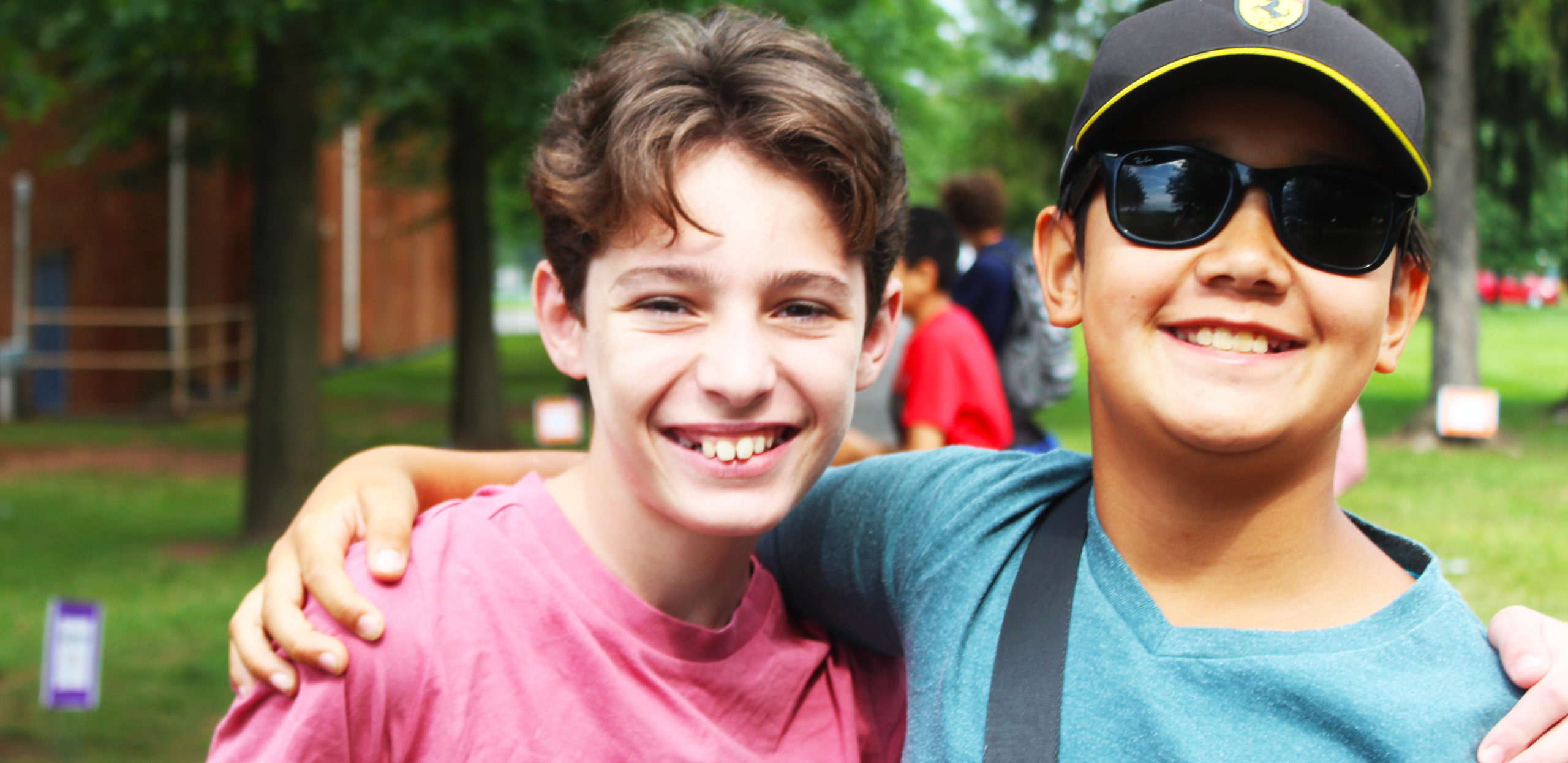

Introduction
Twice-exceptional (2e) children, those who are gifted yet face learning or developmental challenges, often grapple with social skills deficits, especially when ADHD is in the mix. Camp Sequoia supports evidence-based strategies to enhance social skills in 2e children with ADHD. From understanding the unique social challenges they face to implementing targeted interventions, this guide aims to provide parents, educators, and caregivers with a roadmap for strategies that we have found successful in fostering meaningful social connections and holistic development.
I. Understanding the Social Challenges of 2e Children with ADHD
A. The Interplay of Giftedness and ADHD
- Asynchronous Development:
- 2e children often experience uneven development, excelling in certain areas while facing challenges in others (Baum, 2004).
- ADHD exacerbates this asymmetry, impacting attention, impulse control, and organization (Webb et al., 2005).
B. Social Implications of ADHD in 2e Children
- Communication Difficulties:
- Challenges in sustained attention may hinder effective communication (Mikami, 2010).
- Impulsivity may lead to interruptions and difficulty taking turns in conversations.
- Difficulty with Empathy:
- ADHD-related challenges in perspective-taking can impact the ability to understand others’ emotions (Pelham & Hoza, 1996).
- Recognizing and responding to social cues may be compromised.
- Friendship Struggles:
- Establishing and maintaining friendships can be challenging due to social awkwardness or behavioral differences (Moon & Brighton, 2008).
- Social rejection may contribute to feelings of isolation.
II. Social Skills Strategies for 2e Children with ADHD
A. Mindfulness and Self-Regulation Techniques
- Mindful Breathing and Attention Control:
- Teaching 2e children mindfulness techniques aids in attention regulation (Zylowska et al., 2008).
- Mindful breathing exercises can be integrated into daily routines.
- Visual Cues for Self-Monitoring:
- Utilizing visual aids, like traffic light systems, helps children monitor and regulate their behavior (Lang et al., 2011).
- Red indicates a need to pause and consider actions, yellow signals caution, and green signifies appropriate behavior.
B. Social Skills Training Programs
- Role-Playing Activities:
- Engaging in role-playing scenarios helps 2e children practice social interactions (Elias et al., 1997).
- Addressing specific situations, such as sharing or taking turns, enhances skill development. Dr. Lew and his team of clinicians at Camp Sequoia routinely incorporate these activities into our social skills and guys group lessons.
- Peer-Mediated Interventions:
- Encouraging positive peer interactions contributes to the development of social skills (Carter et al., 2014).
- Peer buddies can provide support and model appropriate behaviors. At Camp Sequoia, the Camper Council, with each age group having one representative, helps to fulfill this role.
C. Executive Function Support
- Visual Schedules and Timers:
- Visual schedules assist 2e children in organizing tasks (Dawson & Guare, 2010).
- Timers help manage transitions, reducing frustration and anxiety.
- Social Narratives:
- Creating social stories or narratives helps children understand and navigate social situations (Gray, 1994).
- Tailoring stories to specific challenges fosters comprehension.
D. Friendship Coaching
- Structured Social Activities:
- Facilitating structured group activities allows 2e children to practice social skills in a supportive environment (Gresham et al., 2011).
- Board games, cooperative projects, and team sports provide opportunities for interaction.
- Cultivating Empathy:
- Encouraging discussions about others’ feelings enhances empathy (Pelham & Hoza, 1996).
- Highlighting the impact of one’s actions on others promotes understanding.
E. Collaborative Learning Environments
- Flexible Grouping:
- Implementing flexible grouping in the classroom ensures exposure to a variety of social dynamics (Evans et al., 2018).
- Small group activities encourage collaboration and communication.
- Inclusive Education Practices:
- Creating an inclusive environment that celebrates neurodiversity fosters acceptance (Webb et al., 2007).
- Peer education sessions can increase awareness and understanding.
III. Parental and Caregiver Involvement
A. Supportive Home Environments
- Consistent Routines:
- Establishing consistent routines at home provides structure and predictability (Reynolds et al., 2011).
- Predictable environments can reduce anxiety and support social skill development.
- Communication Strategies:
- Open and regular communication with parents fosters a collaborative approach (Sheridan et al., 2013).
- Sharing insights about successful strategies promotes consistency.
IV. Challenges and Considerations
A. Individual Differences
- Tailoring Strategies:
- Recognizing the uniqueness of each 2e child.
- Customizing interventions based on individual strengths and challenges.
B. Cultural Competence
- Diversity Considerations:
- Cultural sensitivity in social skills training.
- Acknowledging diverse cultural backgrounds in strategy development.
Conclusion
Fostering social skills in 2e children with ADHD is a nuanced and collaborative process. By understanding the unique challenges these children face, implementing evidence-based strategies, and fostering a supportive and inclusive environment, parents, educators, and caregivers can contribute to the holistic development of these exceptional individuals. Camp Sequoia build on the research done in this field while we continually refine our approaches to nurturing social skills in this dynamic population, ensuring that each child has the support needed to thrive socially, emotionally, and academically.
